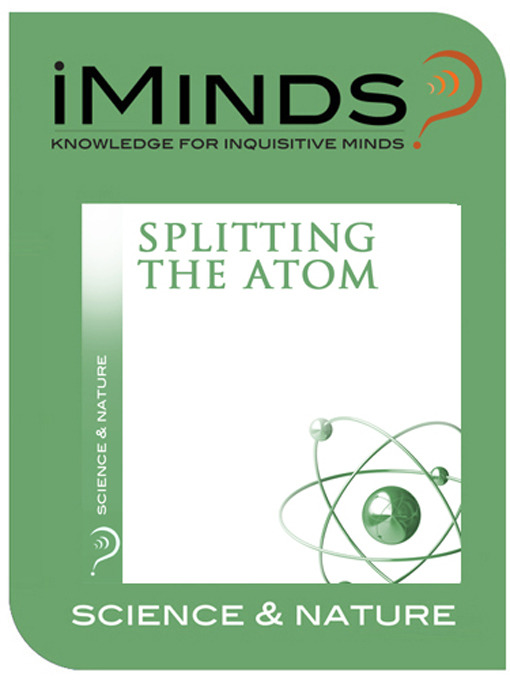Learn about the process of Splitting The Atom with iMinds insightful knowledge series.
The possibility of the existence of the atom has fascinated scientists for centuries. To begin with, it was more of a logical belief than scientific fact. But the belief in its existence is what motivated a number of people to develop the knowledge we now have about the atom. Ernest Rutherford, with the help of Ernest Walton and John Cockroft, first managed to split the atom in 1932. But they could not have done so without the wealth of information others had passed down to them.
In the early 19th century, English scientist John Dalton first changed atomic theory from a vague idea into a more concise mathematical framework. He argued that all atoms of a given element must be identical to each other and that all chemical compounds are formed as a result of a combination of two or more different kinds of atoms. But one of the major hurdles was that nobody could actually see the atom.
iMinds brings targeted knowledge to your eReading device with short information segments to whet your mental appetite and broaden your mind.

